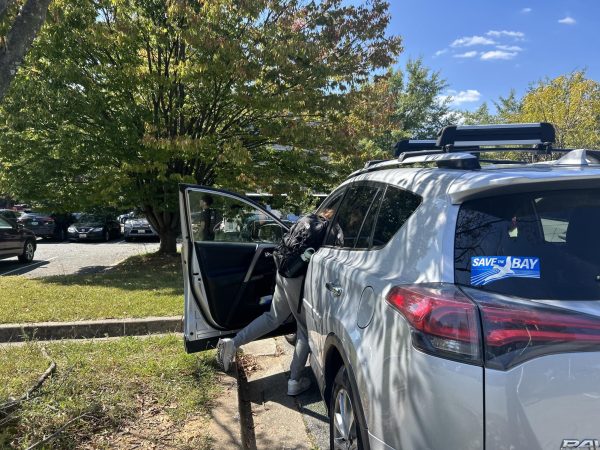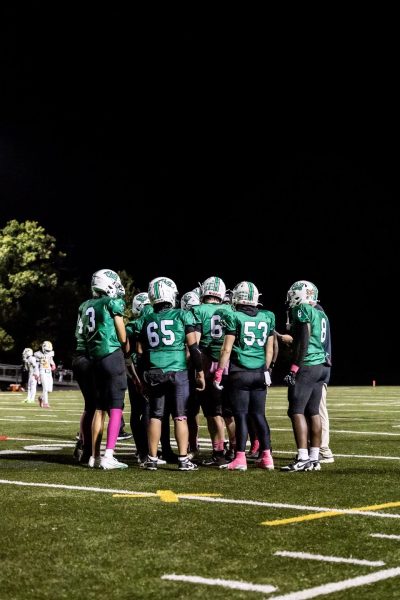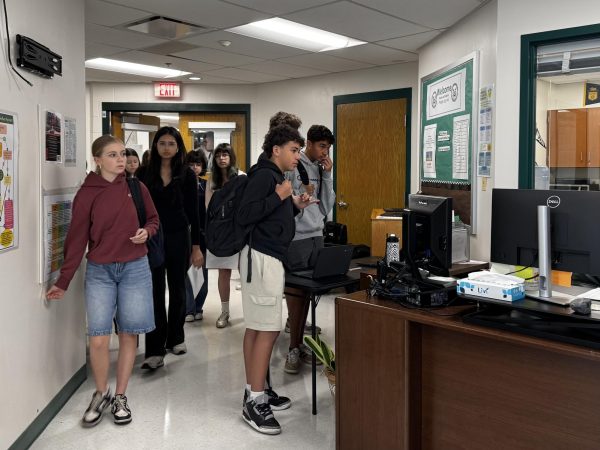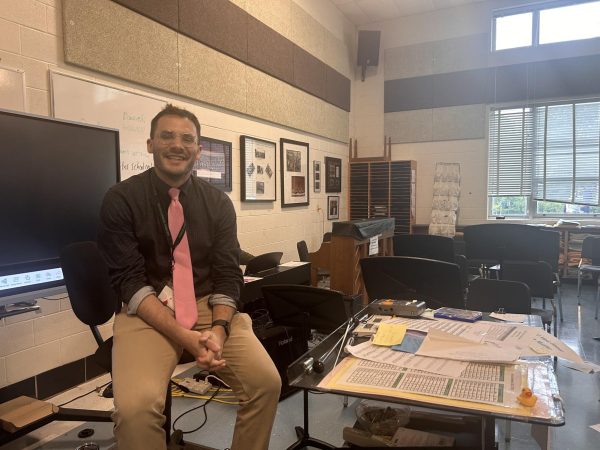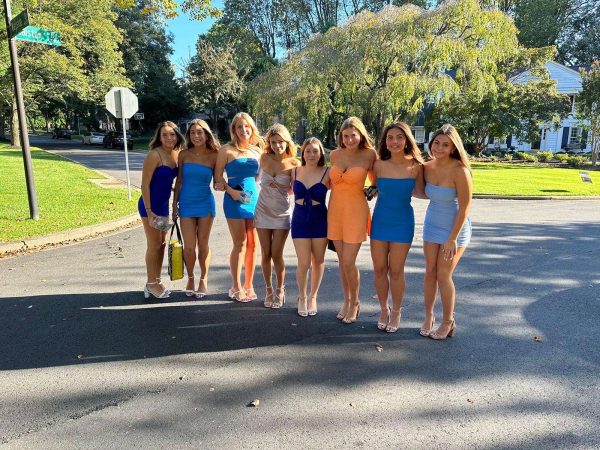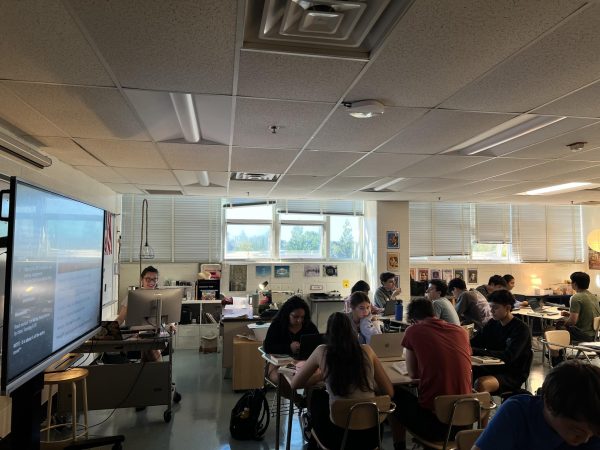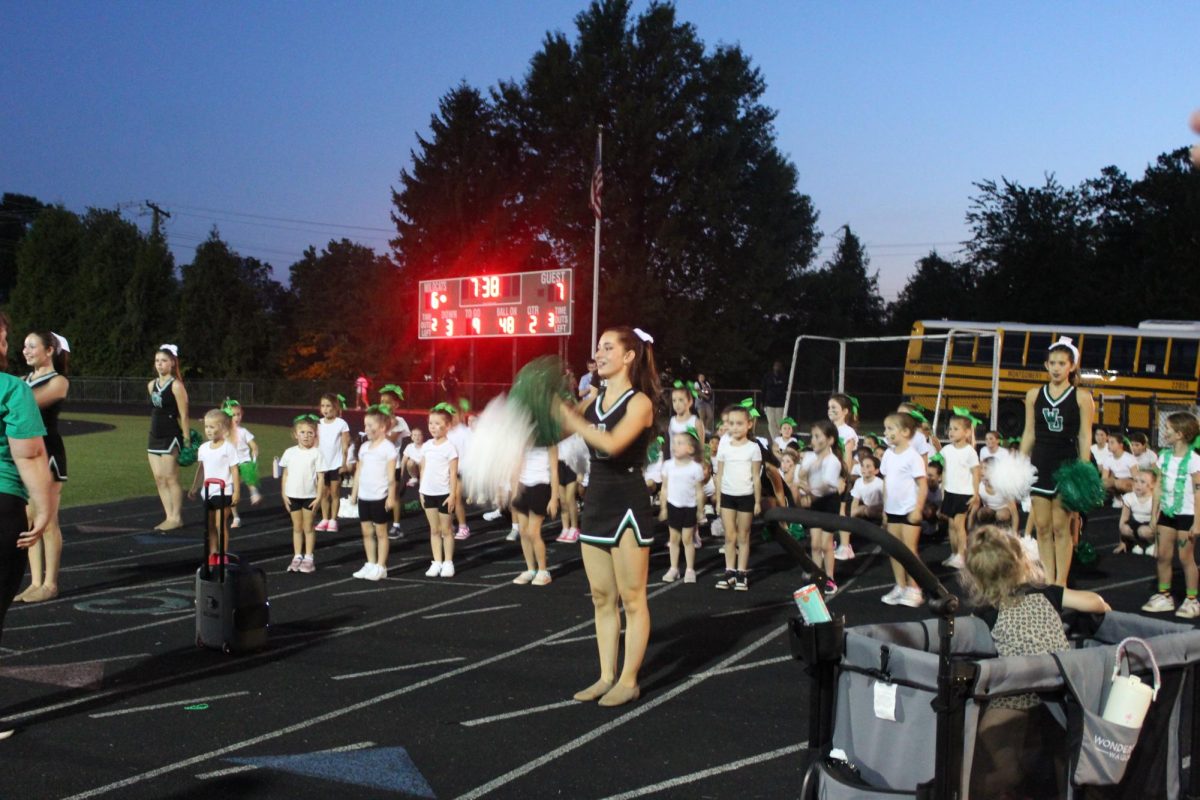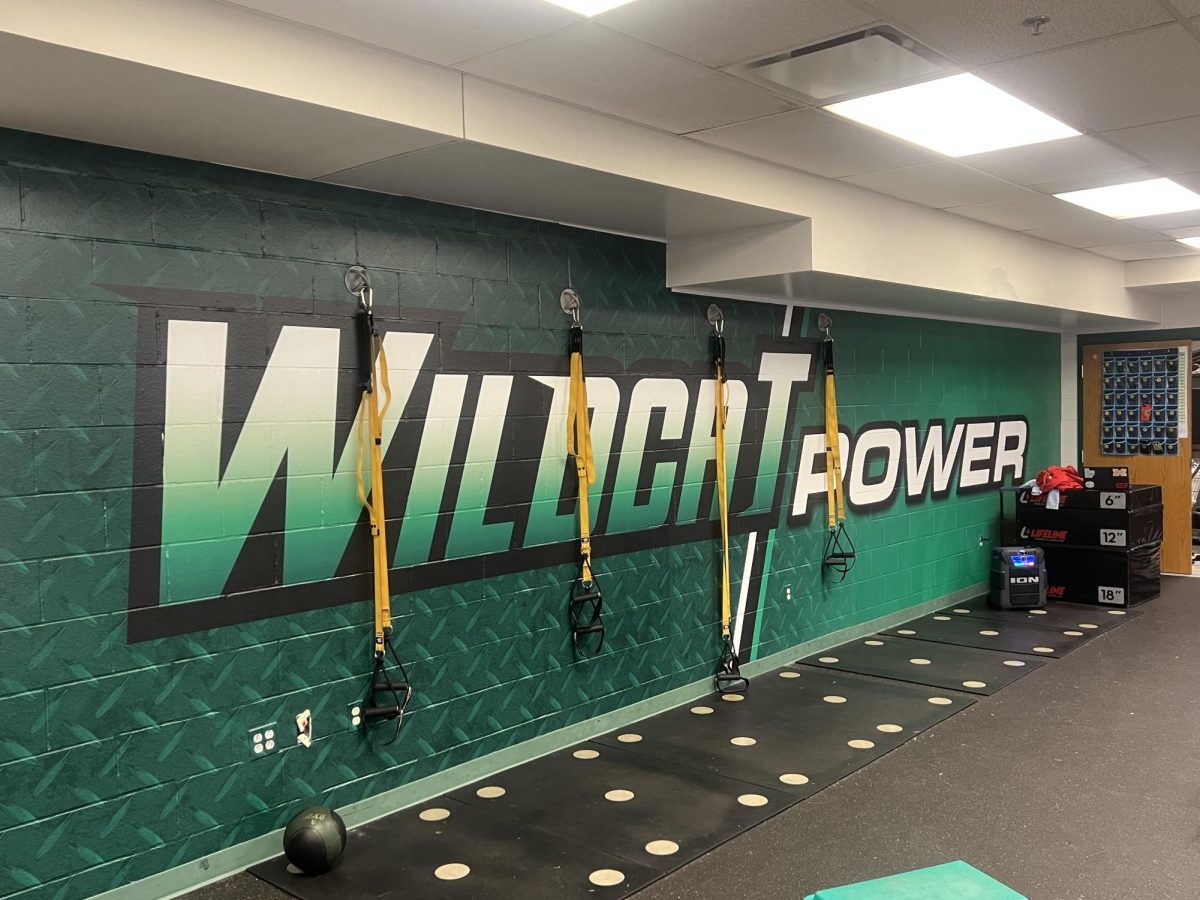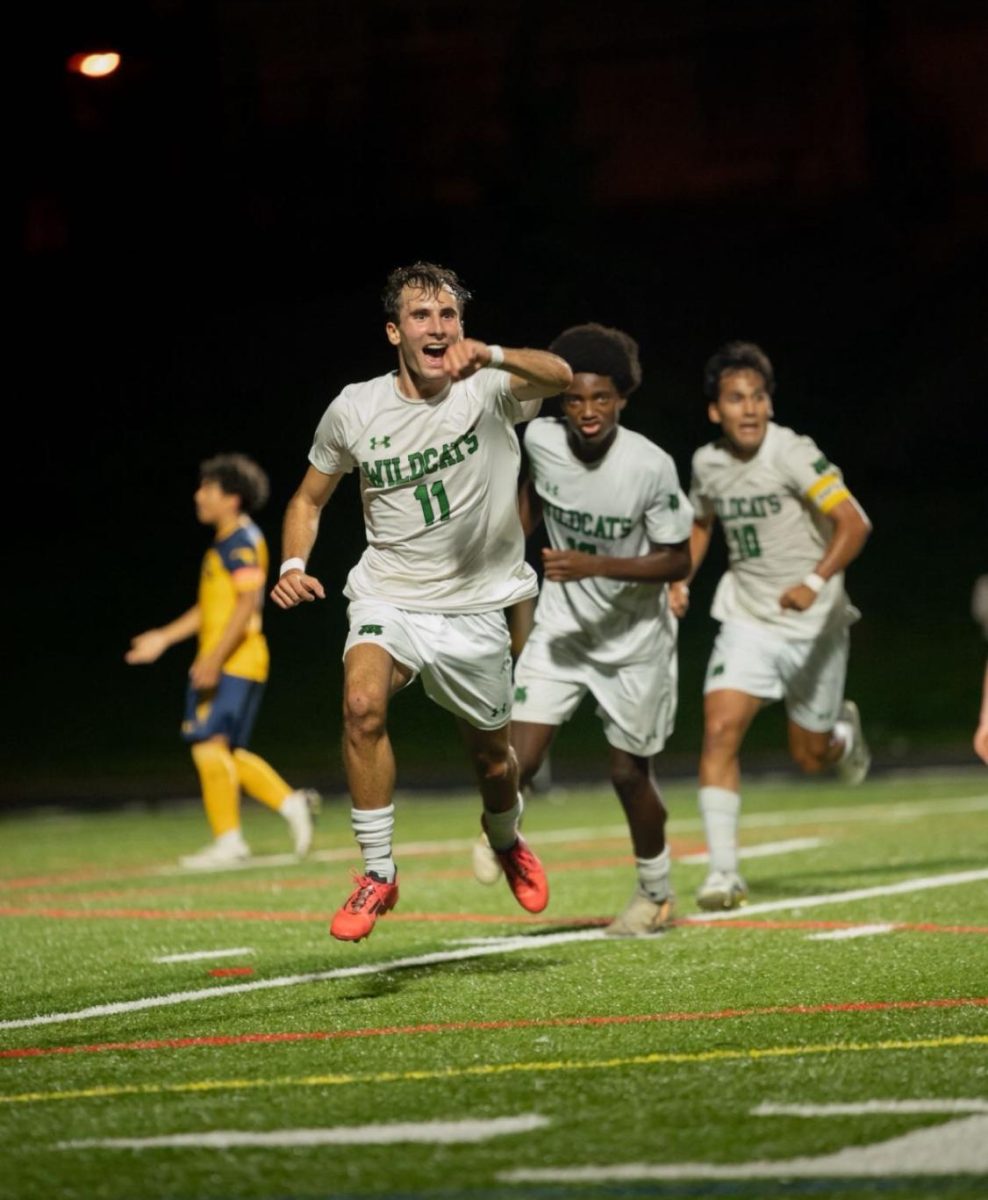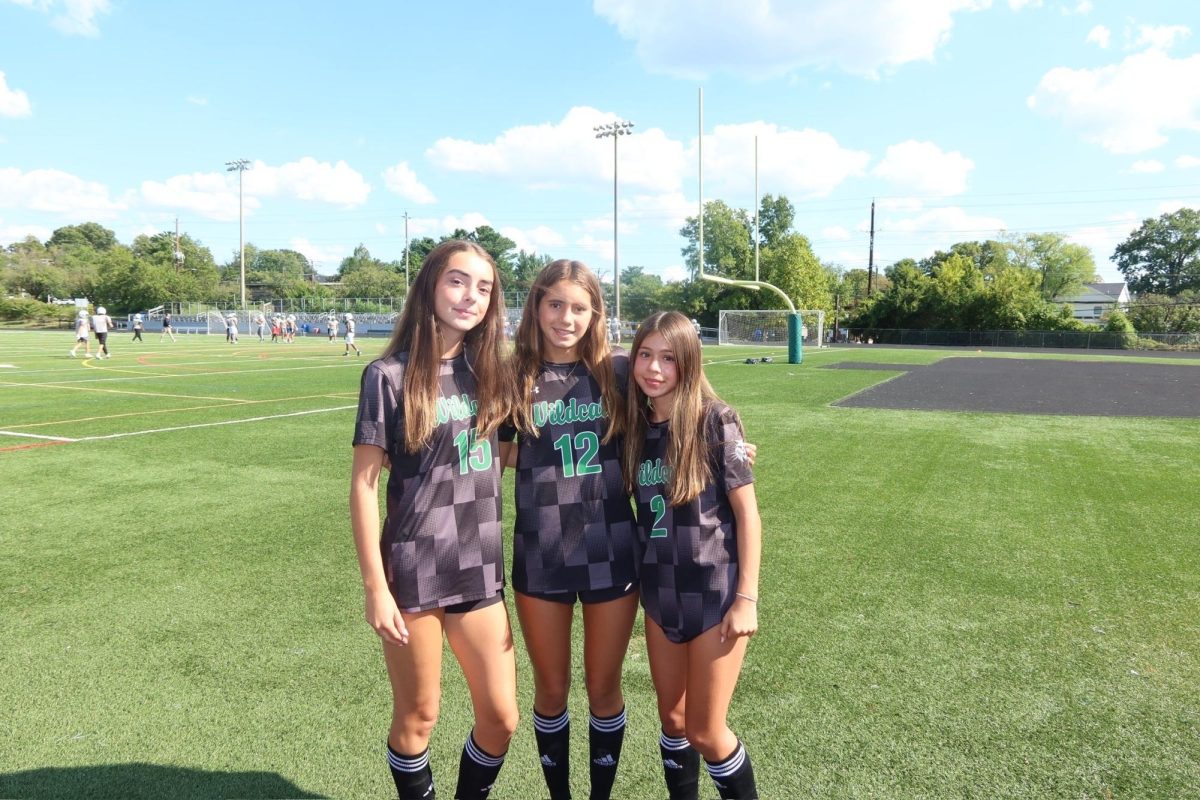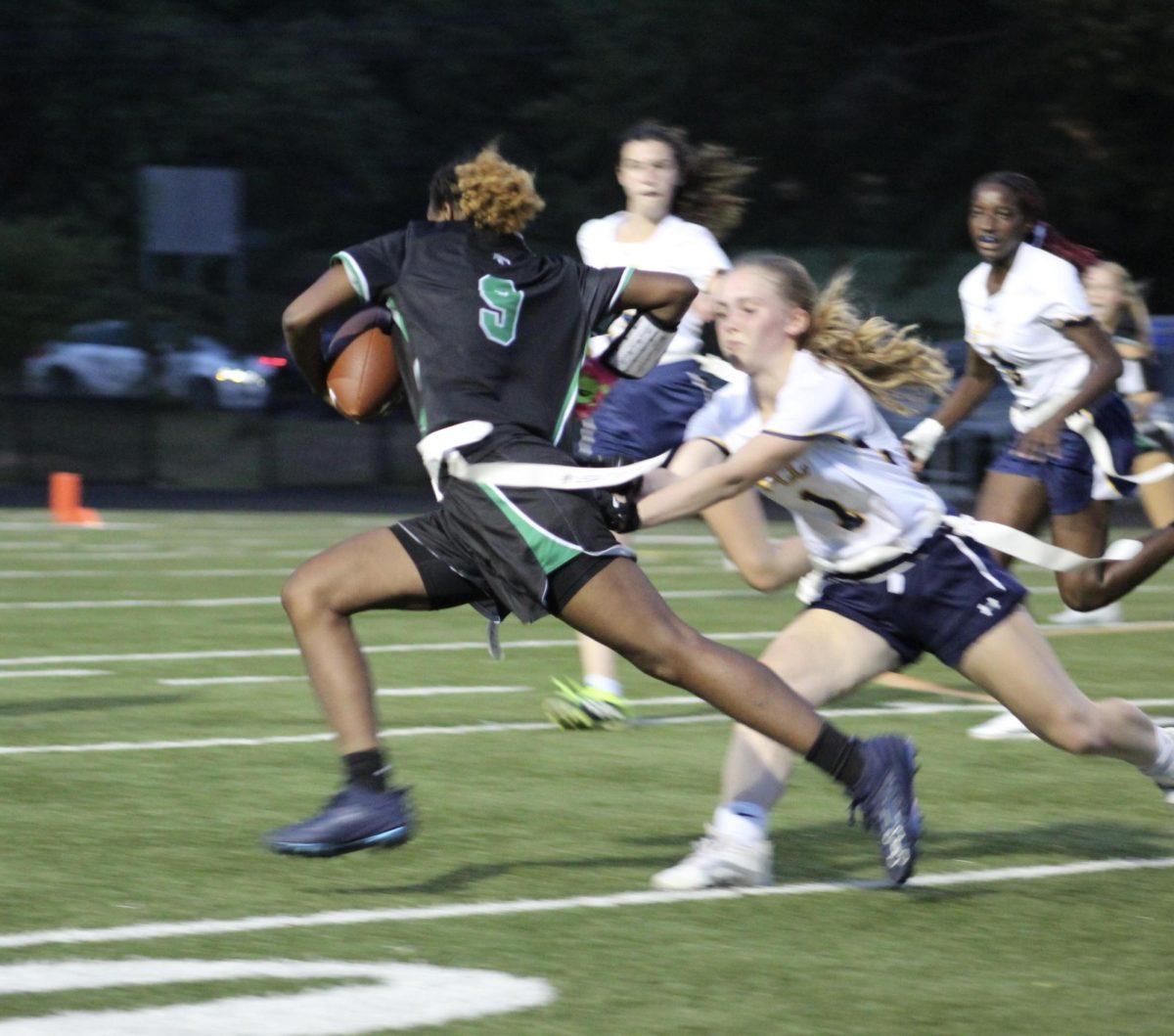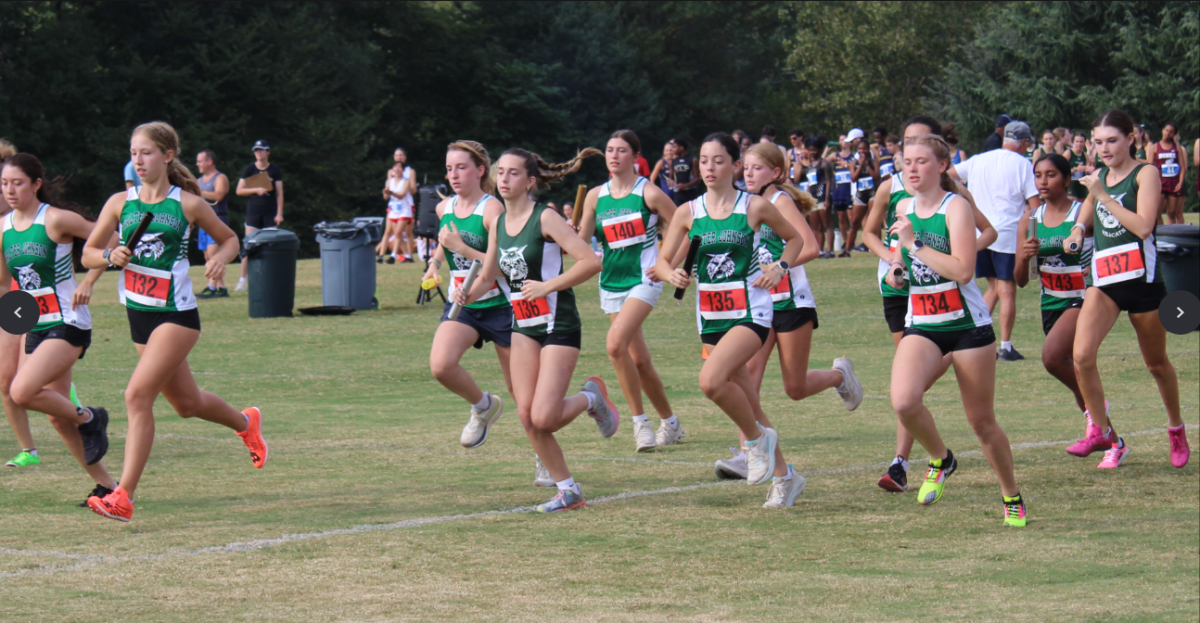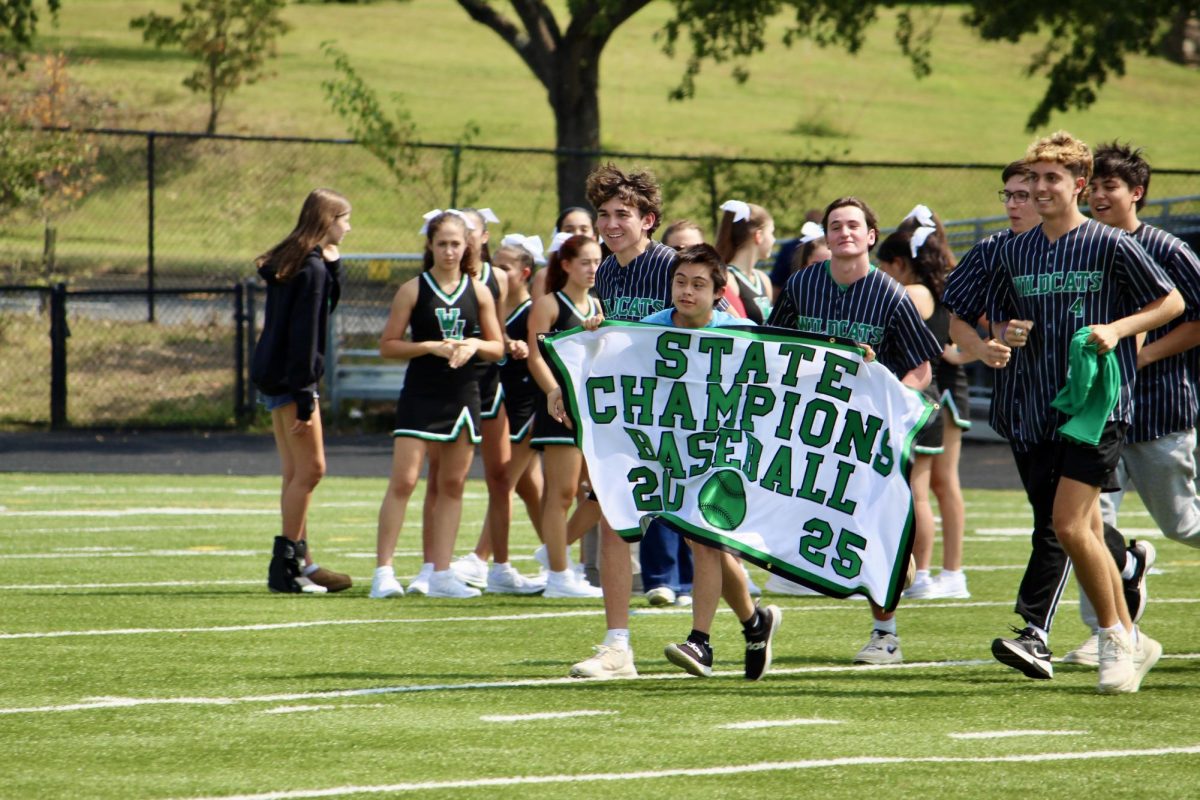Public Affair: Why Some Private School Students Switch to Public

Photo Courtesy of Flickr Creative Commons
Most private school students, whether they end up liking public school or not, encounter large differences when switching.
Oct 30, 2014
When he walked into WJ for the first time, junior Ariel “Ari” Mendelson was shocked at the number of students he saw.
Mendelson, a freshman at the time, had just transferred from the upper school at Charles E. Smith Jewish Day School, a K-12 Jewish private school dubbed “JDS”, in Rockville.
His former school’s 1,100- student population did not prepare him for WJ’s 2,237 students.
“[WJ] was a lot larger than JDS was… the types of people were very different,” said Mendelson, recalling what he noticed when he first entered.
Senior Kiernan Keller also found WJ very large when she transferred from the Academy of the Holy Cross, an all-girls Catholic preparatory school in Kensington at the beginning of her junior year.
“[Holy Cross] was smaller, there were probably 500-600 girls there and here there’s like 2,100-2,300 people,” said Keller. She enjoys being in a coeducational school more than a single sex school.
Mendelson and Keller were two of over 20 former private school students who transferred to WJ each of those years, according to school registrar Clara Matos.
The total number of MCPS students who left private school to attend public school reached 727 as of the 2008-9 school year. This was the largest total number of transfers since Montgomery County started recording the numbers in the 1980’s.
Most families choose to send their children to public school because of financial reasons or find their local public school to be better than their previous private school.
Many private high school students experience, to some degree, culture shock when they first walk through the doors.
Counselor Jodi Edmunds said for many, the main difference between private and public school is sheer size.
“Students from private school are usually at a much smaller environment [before transferring to public school]… and then they come to a big school,” said Edmunds.
Mendelson agrees with Edmunds, citing WJ’s student population as something that still shocks him to this day.
“Even today [WJ’s size] is still kind of a little bit incomprehensible,” he said. “I’m always seeing people I don’t know.”
Edmunds said most private school transfer students end up liking WJ.
“People like WJ… [the transfer students] like the kind of classes we offer, they enjoy our teachers, and there’s a lot of fun clubs and activities for them to get involved in,” she said.
Mendelson’s favorite aspect of WJ is the variety of classes offered, as well as the student diversity.
“I especially love the diversity and the course offerings, all the different courses,” he said. He identifies JDS as being a more demographically homogenous environment than WJ.
Likewise, Edmunds said that the number of classes appeals to students from smaller schools.
“We offer a lot more courses and opportunities [than that of a private school], because we’re a big school,” she said.
Keller, a talented cross country and track runner, said her favorite part of WJ as being the cross country team. Additionally, she likes the environment at WJ.
“The people are just really nice, and the teachers are great, too,” said Keller. She agrees with Mendelson, that WJ has a more diverse student population than her previous school.
“There’s a lot more people [at WJ]… and the fact that there’s more people, it is more diverse here,” said Keller.
Mendelson also mentioned that there is a less rigid social structure at WJ.
“[At WJ] it’s a lot less cliquey,” said Mendelson. “Everyone’s kind of friends here.”
He also said that transitioning to public school was a tougher experience, the social environment being less personal than his private school, where it was easier to interact with everyone.
“In general, it’s more of an impersonal experience, being in a much larger public school,” said Mendelson. “You have to make more of an effort to make it more personal to the larger [student population].”


